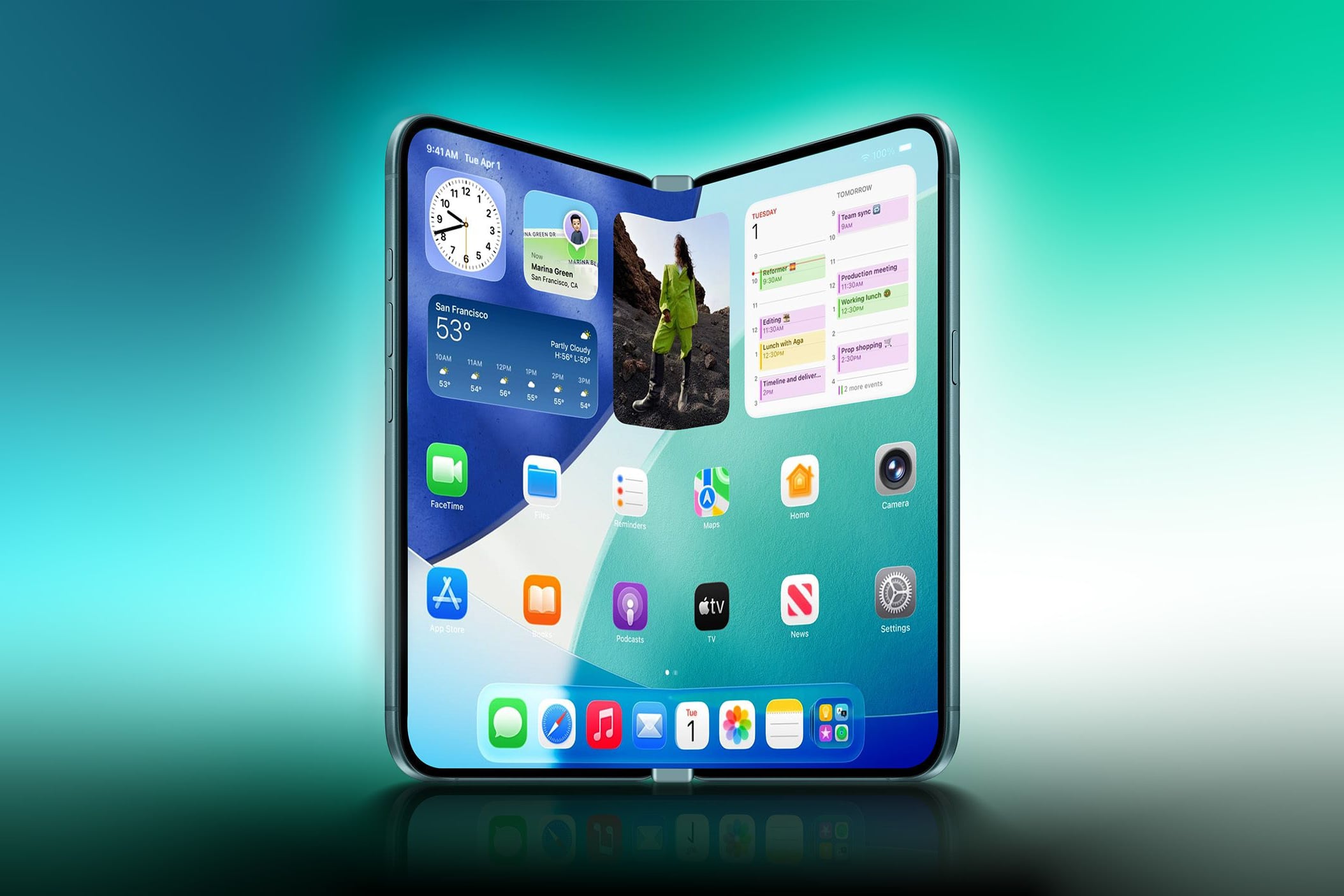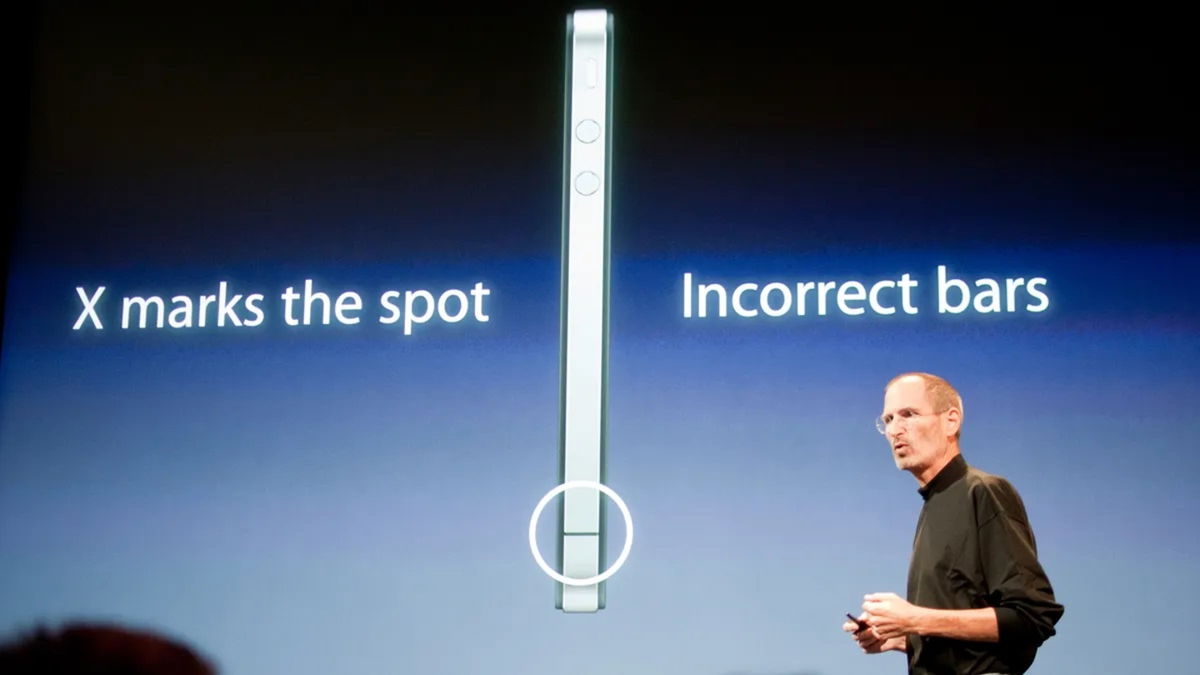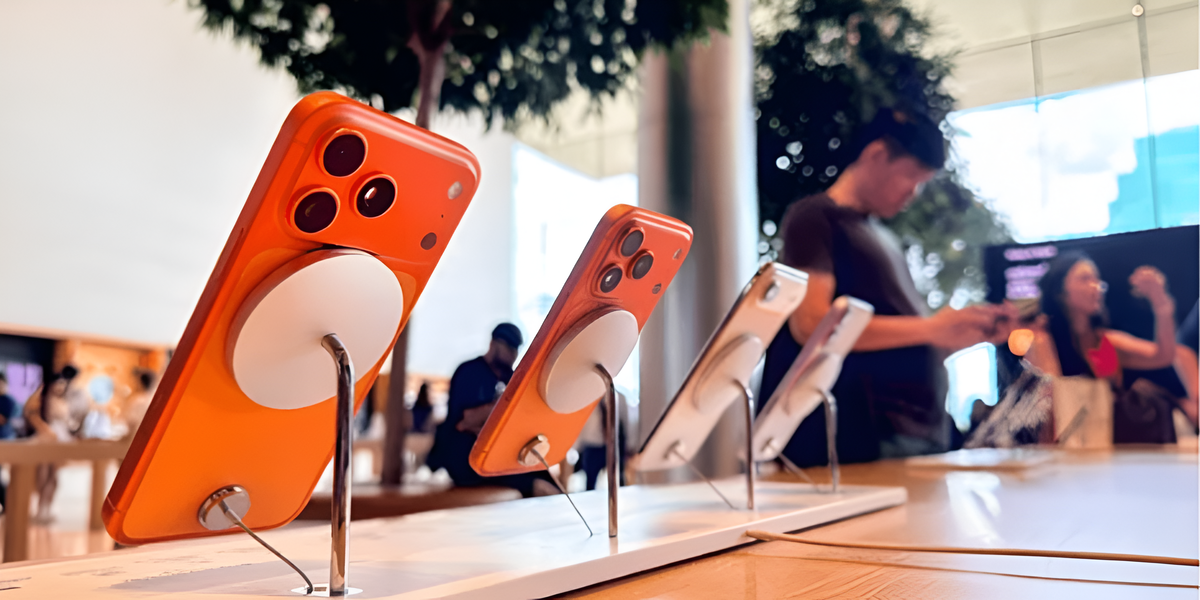I’ve worked as a consumer technology reporter for several years, some of it as a cell phone specialist, and lately I’ve been particularly perplexed by the number of models offered by different manufacturers.
Samsung, for example, has four series. It seems easy to distinguish the Galaxy Z series from the Galaxy S series. The Galaxy Z series has phones with foldable screens, some are clamshell and others are foldable, while the Galaxy S series is high-end. But when I look at the Galaxy A and Galaxy M series, the situation seems to get confusing. What is the difference between the Galaxy A35 at P5,499 and the Galaxy M35 at P4,299 or the Galaxy M55 at P5,799? I take a quick look at each phone and see a difference of only 0.1 inch between the screen of one and the other, they both have three cameras of 50 MP, 8 MP and 2 MP, the batteries are the same capacity and the design is frankly similar. I know that if I look closely I’ll notice important differences such as the chipset used or the screen refresh rate, but for the average user, the one who will be in the store and who will likely base their decision on how much they can spend. , I think the situation may be as confusing as it was for me, a specialist.
Recommended Videos
And the worst thing is that the situation is “getting worse” with other manufacturers. I say worse because they have even more releases. For example, if I go to the Xiaomi page, I will see the foldable Mix Flip, 14T models, four from the Redmi series and seven from the POCO series. This is too much!
The same thing happens with Realme, one of the manufacturers whose market share in Mexico has grown the most. There are five models available in the top GT series alone. Even their entry-level launches are very similar, just take a look at the comparison between Realme C63 and C61, where apart from the design trim, the only difference is how much RAM it has and how much it can virtualise. What is virtual RAM? Well, I think trying to convince the user that virtual RAM can be a differentiating factor is a bit of a sales pitch.
“I understand” reasons

I kind of “understand” (but don’t approve of) the reasoning behind this decision, which is ultimately a pattern that virtually all major smartphone makers follow: their goal is to sell as many phones as possible, no matter if they’re virtually identical to each other , the point here is to sell volume.
Experts call this strategy promote marketing. It consists of releasing as many smartphones as possible in as many ranges as possible. That’s why for years we’ve talked about premium, entry-level premium, mid-range premium and more. There is micro-segmentation, the goal of which is to reach as many users as possible.
In this sense, it is clear that the strategy is paying off. If I look at the list of best-selling phones in the first quarter of 2024, you will see that there are several iPhone models of the year: high-end Galaxy, mid-range and budget-class. . Push marketing pays off, and perhaps that is why we will continue to see more and more models, even if they are very similar and confusing even for experts like myself.
Fortunately, one manufacturer or another will think outside the box and adopt a slightly different strategy, even if it means sacrificing volume. I think about nothing and your catalog of phones, for which one hand and even fingers are enough.
Source: Digital Trends












